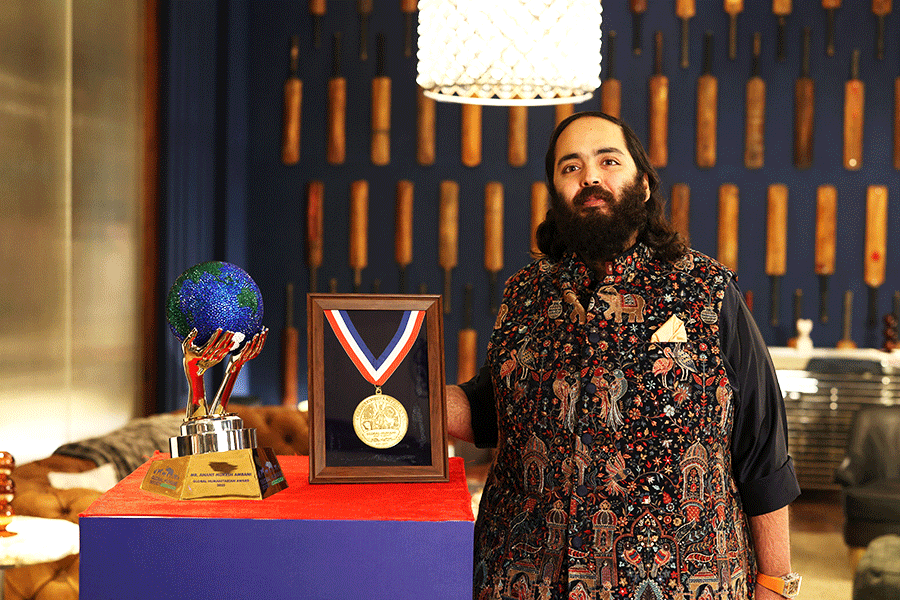 |
There is a reason why knee joint pain in the most common joint pain in India. “It is because right from our childhood our lifestyle requires us to sit on the floor to eat and pray. We even have to squat to use Indian-style toilets. The pressure on the knees builds up and takes a toll later in life,” said Dr Tathagata Das, senior consultant orthopaedic and joint replacement surgeon, Apollo Gleneagles Hospitals.
Dr Das had come to BJ Block community hall to speak at an awareness camp on orthopaedic problems of geriatrics, conducted by AIWC Calcutta North East Suburban branch on June 23.
While lifestyles of Indians are now changing osteoarthritis in the knees remains a major problem, with around 500 knee replacement surgeries being conducted in the city every month. Dr Das explained that between the two bones of the knees, there is cartilage and a lubricating fluid that smoothen movement and absorb part of the load on the knees. The problem arises when the cartilage and fluid reduce. In extreme cases, surgery, such as knee replacement, needs to be performed to correct the situation.
The audience was full of questions — on the success rate of surgeries, the cost, the age till which surgery can be performed and recovery period.
The oldest patient Dr Das had operated on was 93. He said that the success rate and recovery period depend on a number of factors. “The degree of damage, patients’ age and other complications will determine whether he can run after the surgery or simply walk to the washroom and back. Another important factor is post-operative physiotherapy. If a patient neglects his exercises recovery will be slow.”
A bone mineral density test was being carried out at the venue for residents to ascertain whether or not they had adequate calcium in their body. While maintaining that arthritis is not curable, the doctor said that its progress could be slowed. “Surgery is the last resort. Today, only two to three patients out of 50 require it,” said Das. The following are the tips he shared with the audience.
Preventive pointers
Senior citizens should limit the number of times they climb stairs. They can use a ramp or the lift. If you live on the first or second floor, plan out your day so that you have to climb down and up only once. Have the kitchen, bedroom and TV on the same floor so you spend most of your time there. When constructing a house, it is better to make six-inch steps instead of 10-inch ones as they are easier on the knees.
Avoid bending and squatting. Keep items of use at waist level. Avoid low beds, chairs and Indian-style toilets. Don’t sit on the floor. Avoid rapid movements.
Exercise regularly. Do not assume that you get enough exercise doing household chores. Set aside some time for working out. Walking is the best exercise, but do not walk for too long at a stretch. Sit on a bench after every 100m. You can cover two to three kilometres like this.
Before exercising, apply hot compress on your knees for 15 to 20 minutes. This will enhance blood circulation. After exercise, apply cold compress for 15 to 20 minutes.
If your knees hurt, use a walker or cane to reduce the load on them.
Avoid junk food and fatty food and have a calcium-rich diet. If you cannot tolerate milk, have paneer. Also have green leafy vegetables.
If your knees are paining consult a doctor but ask him to explain long-term effects of pain medication clearly. Do not recycle 10-year old prescriptions for knee pain and ask the neighbourhood medicine shop for the pills. When visiting the doctor, mention all the other medicines you have as they might react to one another.










